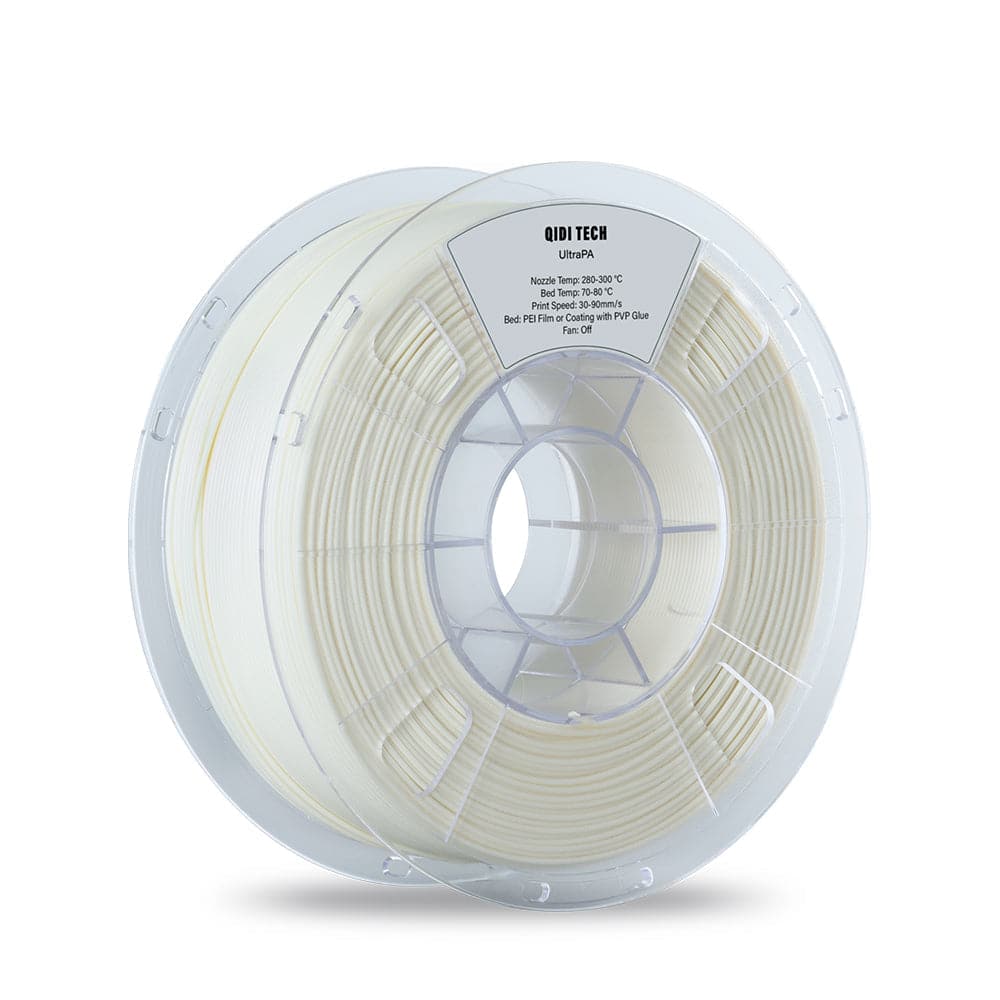In the ever-evolving world of 3D printing and manufacturing, finding the right materials is crucial. One of the most significant challenges is selecting a filament that can withstand high temperatures without compromising on performance. This comprehensive guide will walk you through the essentials of choosing the best thermal resistance filament for your industry.

The Ultimate Guide to Finding the Best Thermal Resistance Filament for Your Industry
When it comes to high-temperature applications, not all filaments are created equal. The right thermal resistance filament can make a substantial difference in the durability and functionality of your final product. This guide aims to provide you with the knowledge needed to make an informed decision.
Understanding Thermal Resistance in Filaments
Thermal resistance refers to a material's ability to resist heat flow. In the context of 3D printing, this means the filament can endure high temperatures without deforming or losing its structural integrity. Materials like polycarbonate, PEEK, and PEI are known for their exceptional thermal resistance properties.
For example, polycarbonate can withstand temperatures up to 110°C, making it ideal for applications that require high heat resistance. PEEK, on the other hand, can endure temperatures as high as 250°C, making it suitable for even more demanding environments.
Factors to Consider When Choosing a Thermal Resistance Filament
Several factors should be considered when selecting a thermal resistance filament for your industry. These include:
- Temperature Tolerance: Ensure the filament can withstand the maximum operating temperature of your application.
- Mechanical Properties: Consider the strength, flexibility, and durability of the filament.
- Compatibility: Verify that the filament is compatible with your 3D printer and other materials used in your project.
- Cost: High-performance filaments can be expensive, so balance your budget with your performance needs.
For instance, if you're working in the aerospace industry, you might prioritize temperature tolerance and mechanical properties over cost. Conversely, for consumer electronics, a balance between cost and performance might be more critical.
Applications of Thermal Resistance Filaments
Thermal resistance filaments are used in various industries, each with unique requirements. Here are a few examples:
- Aerospace: Components like engine parts and heat shields require materials that can endure extreme temperatures.
- Automotive: Filaments are used in parts like intake manifolds and under-the-hood components that must withstand high heat.
- Medical: Devices that undergo sterilization processes need materials that can tolerate high temperatures without degrading.
- Consumer Electronics: Housings and internal components must resist heat generated by electronic circuits.
For example, in the automotive industry, using a filament with high thermal resistance ensures that parts like intake manifolds can withstand the heat generated by the engine, thereby enhancing the vehicle's overall performance and safety.
Innovative Approaches to Selecting the Right Filament
Innovation in material science has led to the development of advanced filaments with enhanced thermal resistance properties. Here are some tips to help you stay ahead:
- Research and Development: Invest in R&D to discover new materials and test their performance in real-world conditions.
- Collaboration: Partner with material scientists and industry experts to gain insights into the latest advancements.
- Prototyping: Create prototypes using different filaments to evaluate their performance before full-scale production.
For instance, collaborating with material scientists can provide you with access to cutting-edge research and innovative materials that can significantly improve your products' thermal resistance capabilities.
Conclusion
Choosing the best thermal resistance filament for your industry is a critical decision that can impact the performance and durability of your products. By understanding the key factors and staying informed about the latest advancements, you can make an informed choice that meets your specific needs. This ultimate guide aims to equip you with the knowledge and insights necessary to navigate the complex world of thermal resistance filaments effectively.








